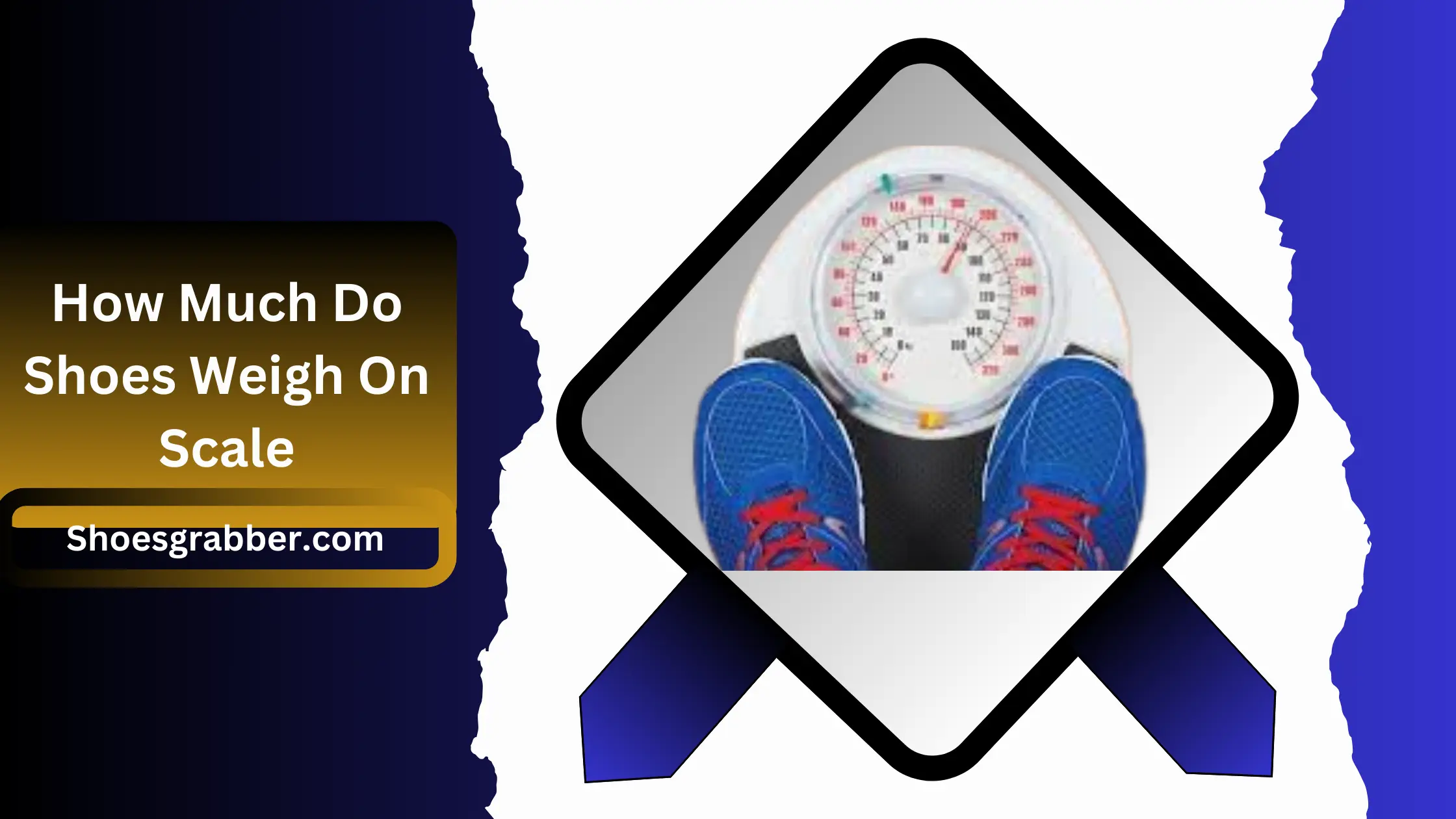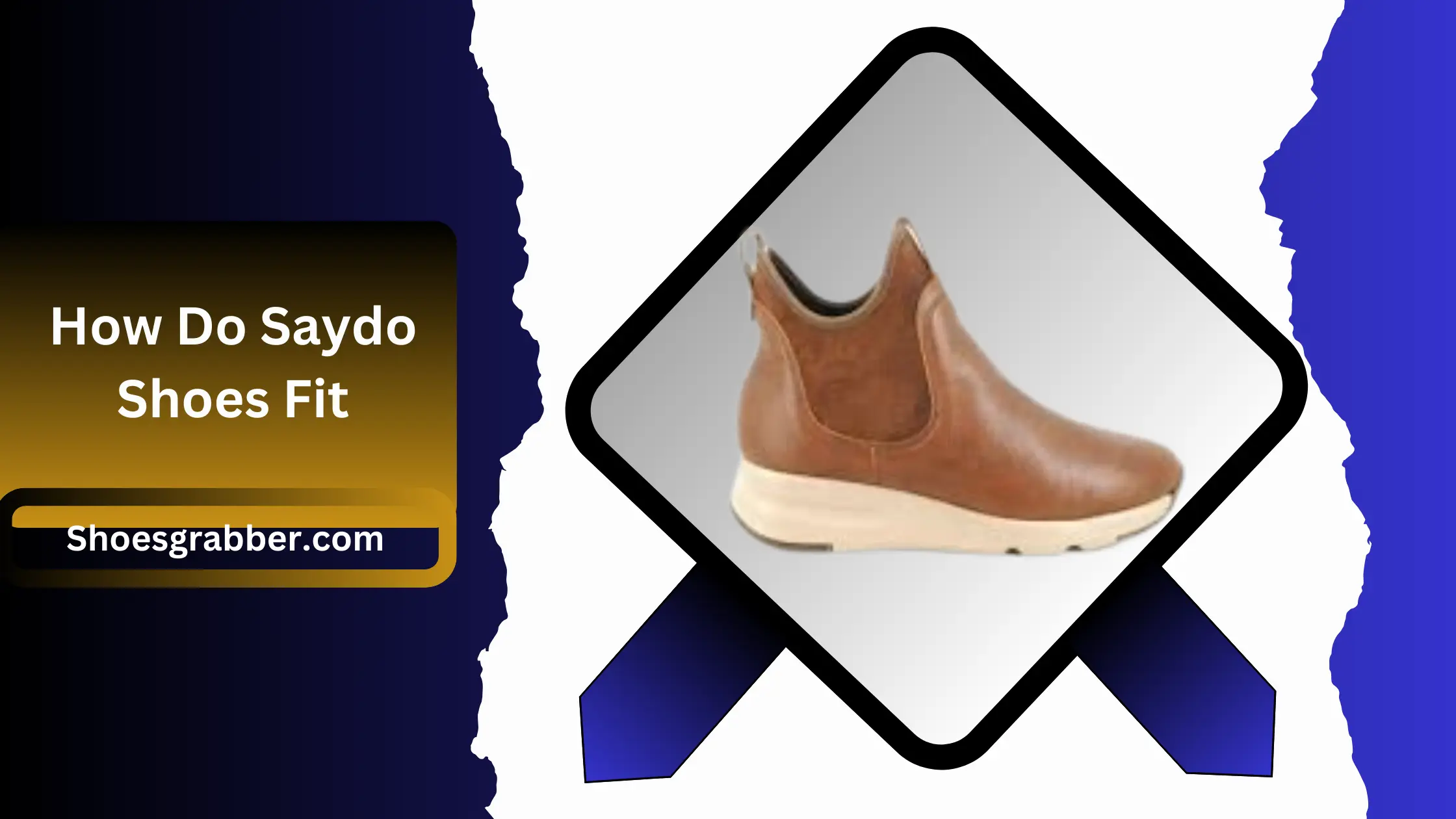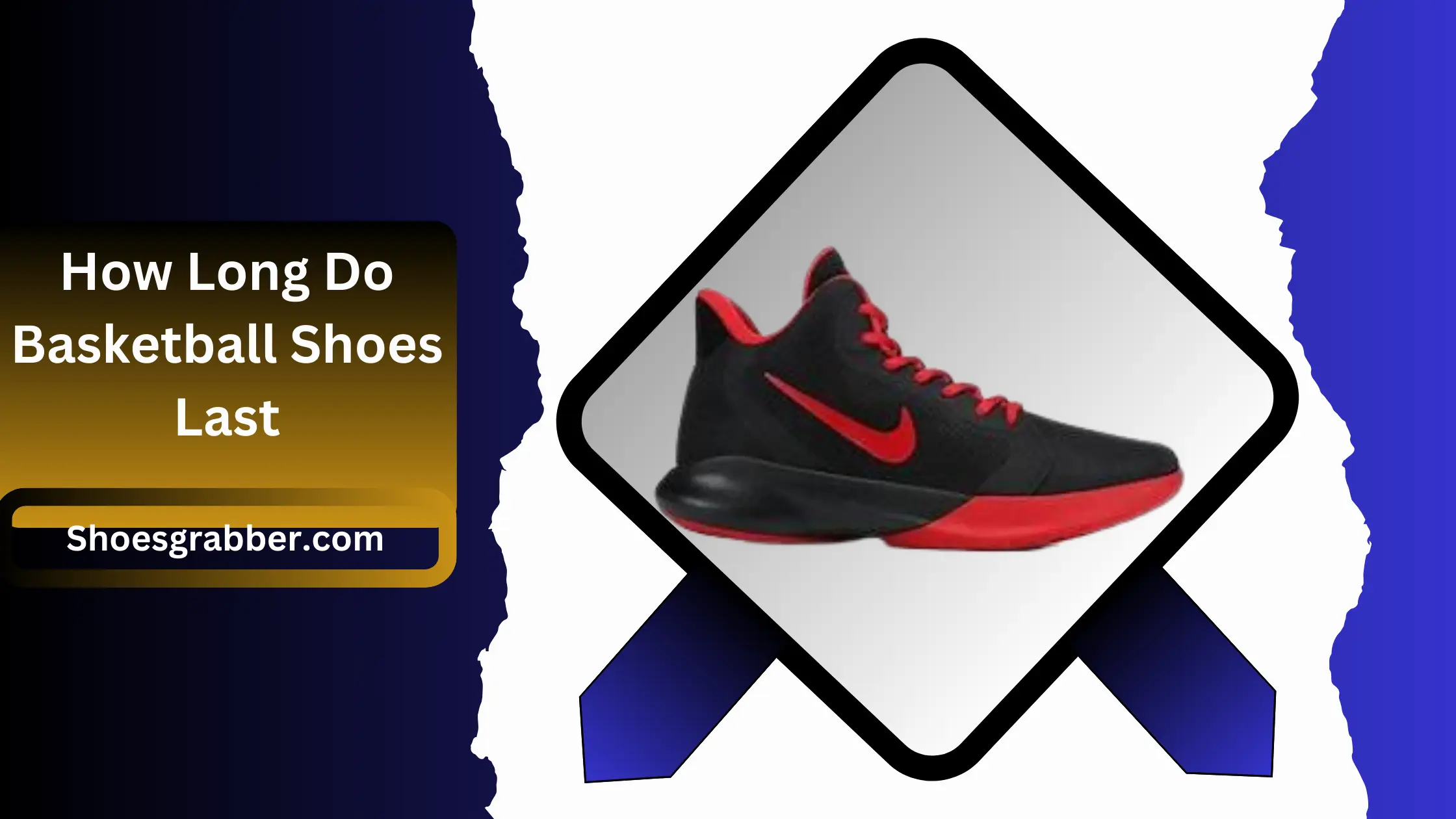If you’ve ever been curious as to how much your favorite pair of shoes weigh, then you’re not alone. Many people don’t realize that the weight of a pair of shoes can make a huge difference in terms of comfort and performance while wearing them.
Whether it’s running sneakers, dress shoes, or work boots the weight can affect almost everything from balance to mobility to simply how many steps you take when walking. In this blog post we’ll discuss weighing a variety of different types of footwear on a scale so that you can better understand their individual weights for possible future comparison. Read on as we go over all the details!
An In-Depth Look at Exactly How Much Shoes Weigh:
To start off, it’s important to note that shoes can vary greatly in weight depending on the type, brand, and specific model. Generally speaking, the heavier the shoe is, the more durable and supportive it tends to be. However, this also means that it may not be as lightweight and comfortable as a lighter shoe.
Running shoes:
They tend to be one of the lighter types of shoes, with an average weight of around 1.5 to 2 pounds per pair. This makes sense as runners often prioritize speed and efficiency, which is why they tend to opt for lighter footwear.
Dress shoes:
These can vary in weight depending on the style, but a typical pair of dress shoes weighs around 2 to 3 pounds. This is due to the materials used such as leather and rubber soles which tend to be heavier than what’s found on running shoes.
Work boots:
When it comes to heavy-duty footwear, work boots take the crown for the heaviest on average at around 3 to 5 pounds per pair. This is because they are designed to provide maximum support and protection for workers who spend long hours on their feet.
Sandals:
This type of footwear can range from ultra-light flip flops to more sturdy sandals with straps. On average, they weigh between 0.5 and 1 pound per pair, making them the lightest option on our list.
Hiking boots:
A good pair of hiking boots typically weighs between 2 to 4 pounds per pair. This is due to the durable materials used and added features such as waterproofing, toe protection, and ankle support.
Basketball shoes:
They may not be as heavy as work boots, but basketball shoes are on the heavier side at around 2 to 3.5 pounds per pair. This is because they need to provide stability and cushioning for quick movements and jumps.
Fashion sneakers:
We have fashion sneakers which can vary greatly in weight depending on the design and materials. On average, they weigh between 1 to 2 pounds per pair.
Tennis Shoes:
Tennis shoes are designed specifically for the sport and can weigh between 1.5 to 2 pounds per pair. They are lightweight yet durable, allowing players to move freely on the court.
Male VS Female Shoes:
It’s also worth noting that the weight of shoes can vary between men and women. Women’s shoes tend to be lighter in weight due to their typically smaller size and narrower design. This is especially evident with high heels, which are known to be very lightweight despite their appearance. So, when comparing shoe weights between genders, it’s important to take this into consideration.
Weight of female shoes:
- Running shoes: 0.5-1.5 pounds per pair
- Dress shoes: 1-2 pounds per pair
- Work boots: 2-4 pounds per pair
- Sandals: 0.25-0.75 pounds per pair
- Hiking boots: 1-3 pounds per pair
Weight of male shoes:
- Running shoes: 1-2 pounds per pair
- Dress shoes: 2-3 pounds per pair
- Work boots: 3-5 pounds per pair
- Sandals: 0.5-1 pound per pair
- Hiking boots: 2-4 pounds per pair
Why Weight Matters?
Aside from the obvious fact that lighter shoes are easier to carry around, there are a few other reasons why weighing your shoes can be beneficial. For one, it can help you decide which pair of shoes to wear for certain activities or events if you know you’ll be standing for long periods of time or doing a lot of walking, then opting for lighter shoes may be more comfortable.
Furthermore, weighing your shoes can also give you an idea of how much excess weight you may be carrying around on your feet on a daily basis. This can be important for athletes and people with certain foot conditions who may need to pay extra attention to the amount of weight they are putting on their feet.
What’s the Scale Saying?
Now that you have a better understanding of the average weights of various types of shoes, you may be wondering how to go about actually weighing them on a scale. Here are some simple steps to follow:
Check your scale:
Make sure your scale is calibrated and accurate before starting your measurements.
Zero out the scale:
Place an empty container or bag on the scale and press the “tare” button to reset it to zero so that you can get an accurate reading for just the shoes.
Weigh one shoe at a time:
This will give you the weight of each individual shoe, which you can then multiply by two to get the total weight of the pair.
Subtract any extra weight:
If your shoes have added features or accessories such as insoles, laces, or removable straps be sure to subtract their weight from the total.
Record your findings:
Keep a log of the weights of each pair of shoes if you plan on comparing them in the future.
Don’t forget to clean your scale:
After each use, be sure to wipe down your scale with a damp cloth and dry it thoroughly to prevent any buildup or damage.
Consider using a luggage scale:
If you don’t have a small enough scale at home, consider investing in a portable luggage scale that can easily measure the weight of your shoes and other items on-the-go.
Use an online conversion tool:
If you prefer to use metric measurements, there are plenty of online tools available that can easily convert pounds to kilograms and vice versa.
Don’t get too fixated on weight:
While the weight of your shoes can be a helpful factor to consider, it’s important not to get too caught up in it.
What Factors Affect a Shoe’s Weight?
There are a few key factors that can affect the overall weight of a shoe, including:
Materials:
As mentioned earlier, different materials can greatly impact the weight of a shoe. Heavier materials such as leather and rubber will naturally add more weight compared to lighter materials like mesh or foam.
Shoe design:
The overall design and structure of a shoe can also play a role in its weight. Shoes with added features like straps, zippers, or extra cushioning will generally be heavier than simpler designs.
Size:
The size of the shoe itself can also affect its weight. Larger sizes may have more material and therefore weigh more, while smaller sizes may have less material and weigh less.
Brand:
Some brands may use specific materials or design elements that make their shoes lighter or heavier than others.
Intended use:
The intended use of the shoe can also impact its weight. For example, a shoe designed for high-intensity activities like basketball will likely be heavier than a shoe designed for casual wear.
Added features:
Certain shoe features like waterproofing, toe protection, or ankle support can add weight to the overall design.
Durability:
In some cases, a shoe’s weight may be affected by its level of durability. Shoes with thicker soles or reinforced materials may weigh more but also offer better longevity.
Gender:
As mentioned earlier, there can be variations in weight between men’s and women’s shoes due to differences in design and size.
Personal preference:
Ultimately, personal preference can also play a role in the weight of your shoes. Some people may prefer heavier shoes for added stability and support, while others may opt for lighter shoes for ease of movement. It’s important to find the right balance between weight and comfort for your individual needs.
The Importance of Properly Fitting Shoes
While the weight of a shoe can be a helpful factor to consider, it should not be the only determining factor when choosing footwear. Proper fit and support are also crucial for maintaining healthy feet and preventing injury.
When trying on shoes, it’s important to choose a size that allows for enough room in the toe box and snugness in the heel to avoid slipping or rubbing. Additionally, consider getting professionally fitted for shoes if you have any foot conditions or concerns.
It’s also important to rotate between different pairs of shoes and give them time to dry out after wearing them for extended periods of time. This can help prevent bacteria and odor buildup and prolong the life of your shoes.
Conclusion:
After exploring the world of shoe weight with us, we hope you are now more informed when it comes to the topic of how much shoes weigh on a scale. Shoes can range in size and type, which means their weights do vary depending on what your style preference is.
We liked learning about the various weights as it made us appreciate just how much design goes into our footwear! We hope you enjoyed this voyage with us and gained insight that you can use in the future.






